Bibliographic Information
Article Title
The aerial panopticon and the ethics of archaeological remote sensing in sacred cultural spaces
Journal Title
Archaeological Prospection
Author(s)
Davis, Dylan and Rasolondrainy, T.; et al.
Year of Publication
2021
Article Pages
1-16
Web Address (URL)
Additional Information
Available Through
Wiley Online Library
Language
English
Notes
Remote sensing technology has become a standard tool for archaeological prospecting. Yet the ethical guidelines associated with the use of these technologies are not well established and are even less-often discussed in published literature. With a nearly unobstructed view of large geographic spaces, aerial and spaceborne remote sensing technology creates an asymmetrical power dynamic between observers and the observed. Here, we explore the power dynamics involved with aerial and spaceborne remote sensing, using Foucault's notion of power and the panopticon. In many other areas of archaeological practice, such power imbalances have been actively confronted by collaborative approaches and community engagement, but remote sensing archaeology has been largely absent from such interventions. We discuss how aerial and spaceborne imagery is perceived by local communities in southwest Madagascar and advocate for a more collaborative approach to remote sensing archaeology that includes local stakeholders and researchers in all levels of data acquisition, analysis, and dissemination.

